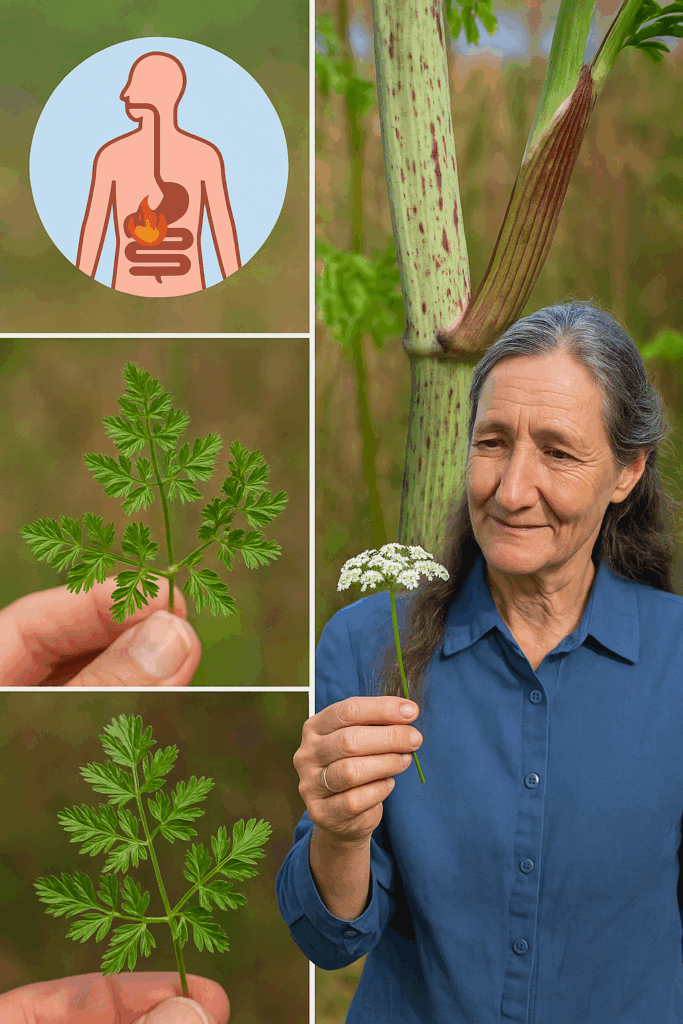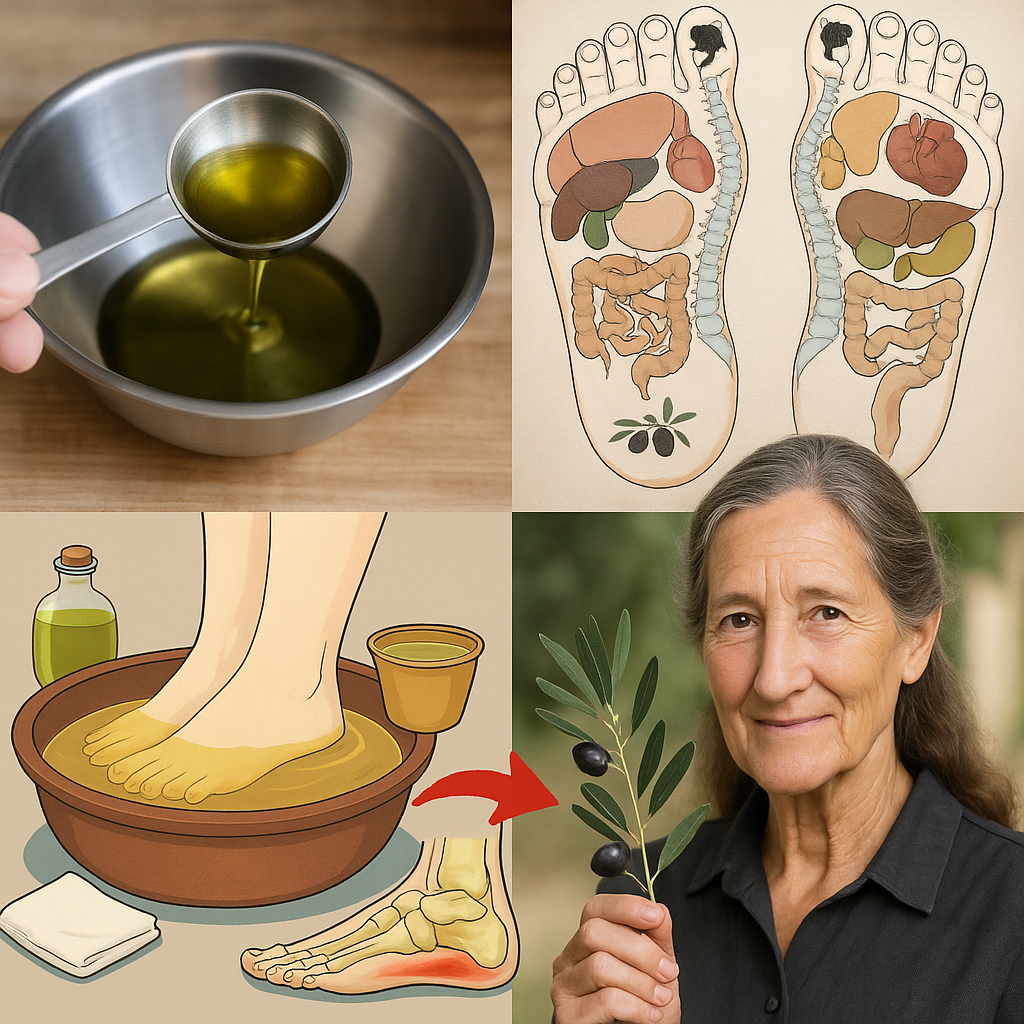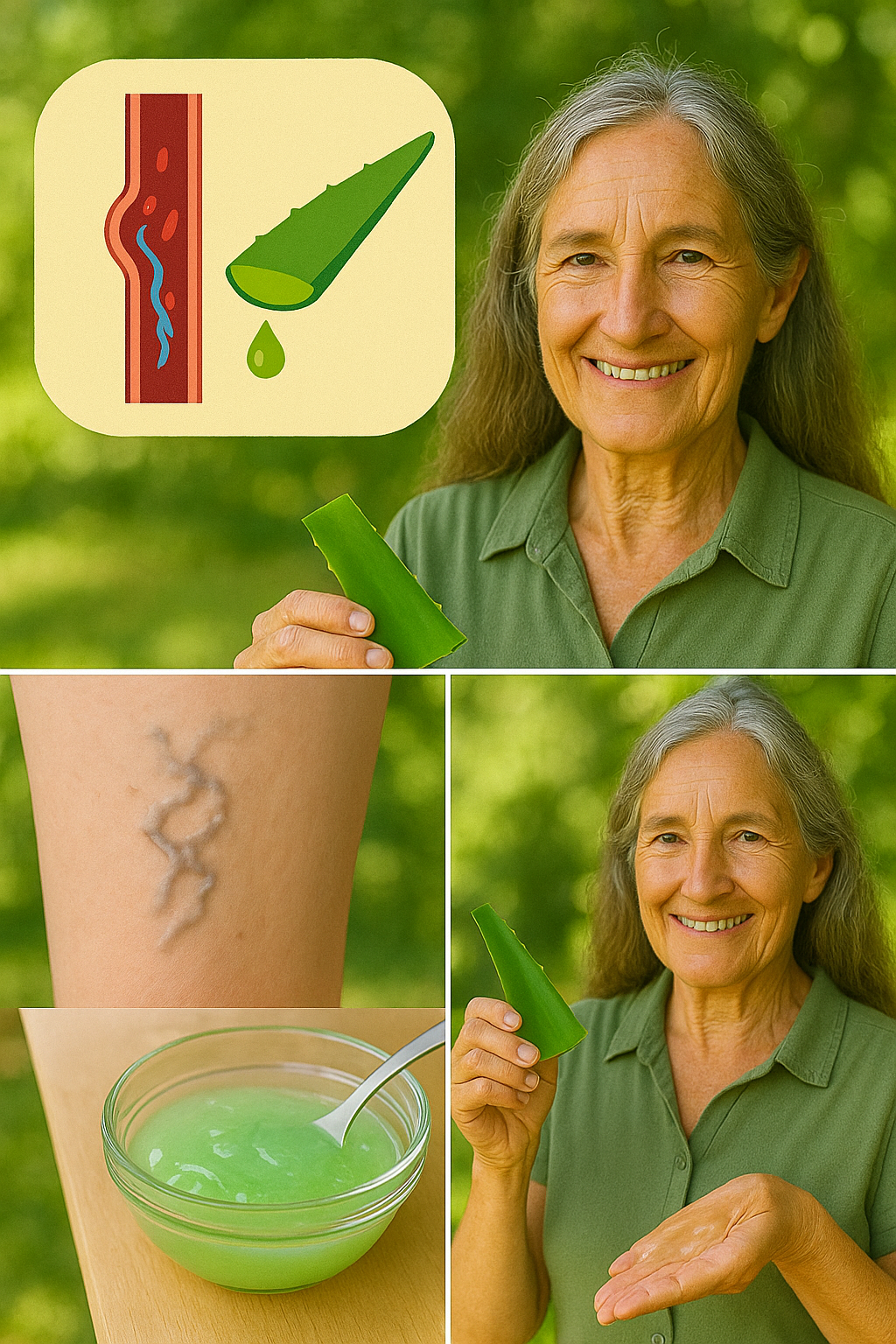It looks innocent — delicate white flowers, fern-like green leaves, and a slender stalk rising from roadsides, fields, or quiet riversides. But make no mistake: Poison Hemlock is one of the deadliest plants on earth.
Used in ancient Greece to execute Socrates, this plant contains a cocktail of neurotoxins so powerful that ingestion of even a small amount can result in paralysis, suffocation, and death. Tragically, it’s also commonly mistaken for safe herbs like wild carrot or parsley.
Whether you’re a hiker, forager, gardener, or simply enjoy nature walks, learning to recognize and avoid Poison Hemlock is critical.

❗ Why Poison Hemlock Is So Dangerous
Toxic compounds:
- Coniine
- γ-Coniceine
These alkaloids disrupt nerve-to-muscle signals, leading to:
- Muscle tremors
- Progressive paralysis
- Respiratory failure
- Death — often while the victim remains fully conscious
No known antidote. Emergency intervention focuses on keeping the person breathing until the toxins wear off.
🧠 Symptoms of Hemlock Poisoning
Onset:
- 30 minutes to 3 hours after contact or ingestion
Early signs:
- Burning in the mouth or throat
- Nausea, vomiting, diarrhea
- Excess saliva, tearing, or sweating
- Dilated pupils
Advanced symptoms:
- Muscle weakness or twitching
- Difficulty breathing
- Drowsiness or confusion
- Full-body paralysis
- Death from asphyxiation
Even brushing up against cut stems with open wounds can be dangerous. Children and pets are at especially high risk.
🌿 How to Identify Poison Hemlock
Here’s how to spot it before it spots you:
🍃 Leaves
- Bright green
- Feathery and finely divided — similar to carrot or parsley
- Smooth (not hairy)
🌱 Stems
- Tall — up to 8–10 feet (2–3 meters)
- Hollow and smooth
- Purple or reddish blotches (key identifier)
- No hairs
🌼 Flowers
- Small white flowers in umbrella-like clusters (umbels)
- Bloom late spring to early summer
- No central purple dot (unlike Queen Anne’s lace)
👃 Smell
- Unpleasant, musty or “mousey” odor when crushed
- Compare to wild carrot’s pleasant, carroty smell
⚠️ Common Lookalikes (and How to Tell Them Apart)
| Plant | Similarity | Key Difference |
|---|---|---|
| Wild Carrot | Umbel flowers, divided leaves | Hairy stem, smells like carrot |
| Queen Anne’s Lace | Umbel flowers | Has a tiny purple flower in center |
| Parsley | Leaf shape | Parsley is hairy and fragrant |
| Fool’s Parsley | Similar look | Also toxic, but less dangerous |
| Wild Parsnip | Leaf and flower shape | Yellow flowers, not white |
🧤 How to Protect Yourself
- Never touch unknown plants with bare hands
- Wear gloves and long sleeves when working near wild growth
- Teach children to avoid “wild carrots” or “wild parsley”
- Never eat foraged plants unless verified by an expert
- Do not burn — inhaling smoke can be fatal
- Wash tools and gloves after outdoor work
🚫 What NOT to Do
- ❌ Don’t mow or weed-whack it — sap and fragments can become airborne
- ❌ Don’t burn it — toxins released in smoke can cause respiratory paralysis
- ❌ Don’t compost it — poisons can leach into compost or soil
- ❌ Don’t rely on looks alone — use multiple ID traits (especially the stem blotches)
🌍 Where It Grows
- Along ditches, riverbanks, roadsides, and abandoned lots
- Found throughout North America, Europe, Asia, and New Zealand
- Grows in sun or partial shade
- Appears year-round: low rosettes in year 1, tall flowering stalks in year 2
🌱 Safe Removal (If Found on Your Property)
- Wear full protection: gloves, long sleeves, eye protection
- Dig up entire root (it regrows easily)
- Place in a sealed trash bag
- Never compost or burn
- Consider professional removal for large infestations
✅ Quick Visual Checklist
✔ Tall, smooth green stem with purple blotches
✔ Feathery, parsley-like leaves (but smooth)
✔ White umbrella-shaped flower clusters
✔ Unpleasant smell (not carroty)
✔ No hairs anywhere on the plant
✔ Found near water, fields, roadsides
⚠️ Final Warning
Poison Hemlock kills. A single wrong identification can lead to respiratory arrest within hours. But now that you know what to look for — and what to avoid — you’re far less likely to fall victim to this deceptively pretty killer.
If you suspect poisoning, don’t wait:
🚨 Call emergency services immediately.
🏥 Seek medical help even if symptoms haven’t started yet.
👉 When in doubt, leave it out. Never taste or touch a wild plant unless you’re 100% sure.
Stay safe. Stay observant. Nature doesn’t come with warning labels — but now you know what this one looks like.


